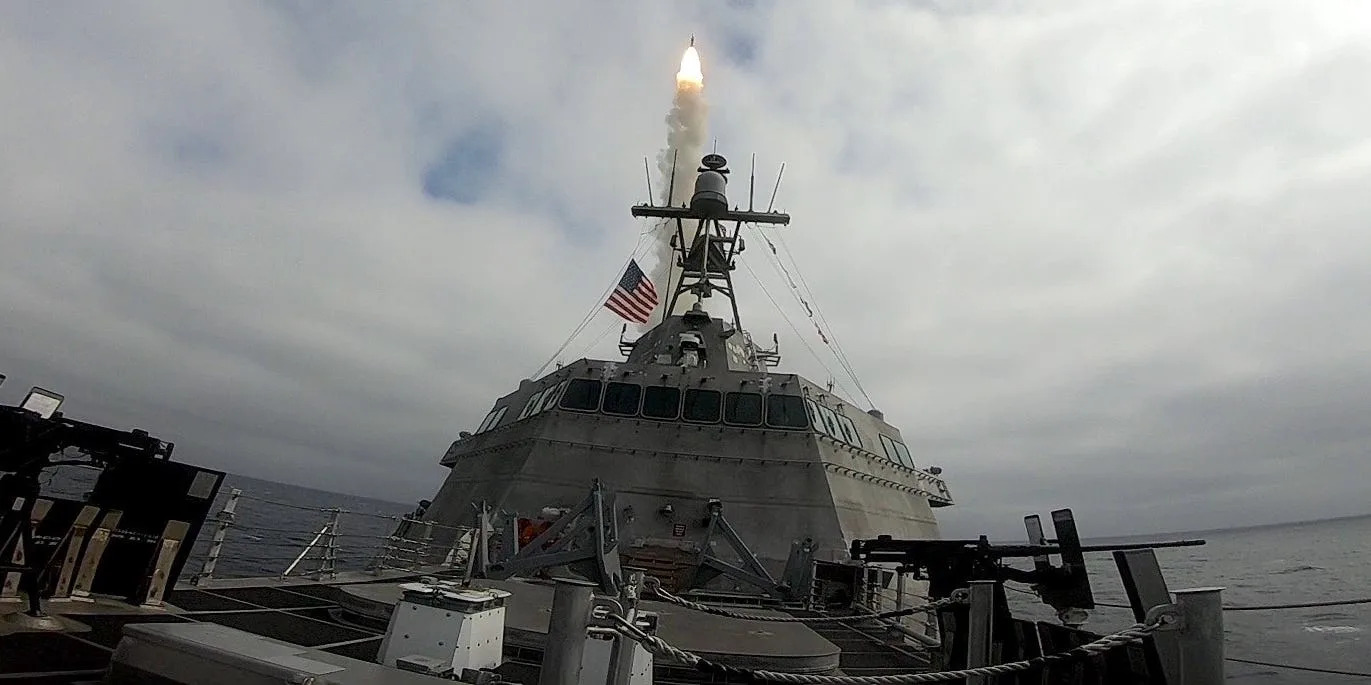The US and China are looking into big boxes full of missiles to give their navies new firepower

-
The war in Ukraine has militaries worried about keeping their arsenals full in a conflict.
-
Navies are also thinking about how to increase the number of missiles aboard their ships.
-
The US and China are looking into containers of missiles to put on warships and other vessels.
An SM-6 missile is fired from a containerized launcher during a test aboard USS Savannah in October 2023.US Navy/Lt. Zachary Anderson
Call them prepackaged missiles or missiles-in-a-box, but containerized missile launchers, which can be fitted to most any commercial or military vessel, have the potential to revolutionize naval warfare.
The massive expenditure of munitions in Ukraine has underscored for many Western military leaders that huge arsenals will be needed to wage modern warfare. US Navy leaders in particular are worried about their ability to keep their ships' magazines filled in a showdown with China's rapidly expanding air and maritime forces.
Containerized launchers have appeal as a relatively easy way to arm a ship with more missiles and have resurrected interest in "Q-ships," the warships disguised as merchant vessels that prowled the seas during World War I and II.
At the end of October, the US Navy test-fired a containerized SM-6 missile from USS Savannah, a littoral combat ship, in the Pacific Ocean. An SM-6 can be employed against aircraft, missiles, or ships, though the Navy said only that the missile was launched at "a surface target."
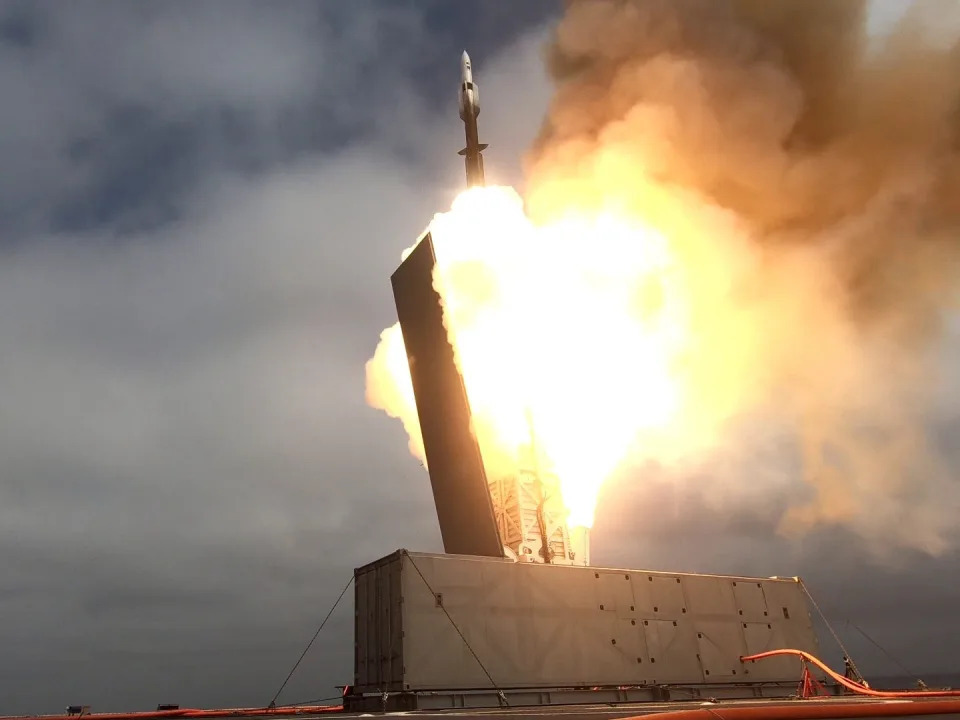
However, the SM-6 was fired from a Mk 70 containerized launching system. Lockheed Martin has designed naval and ground variants of the launcher, which being used for the US Army's Typhon system. The system aims to launch SM-6 and Tomahawk missiles — both of which have been tested from the launcher — at targets at ranges between 300 miles and 1,725 miles.
The launcher is being developed as part of the Army's effort to improve its long-range weaponry and to support more distributed operations, a reflection of the US military-wide emphasis on dispersing to counter the long-range weapons of potential foes. The October test "demonstrated the modularity and lethality of Littoral Combat Ships and the ability to successfully integrate a containerized weapons system to engage a surface target," the Navy said.
There have been reports that China is developing a variant of its YJ-18 cruise missile that could be fired from shipping containers carried by commercial vessels. Late last year, the China Aerospace Science and Industry Corporation, a state-owned firm that produces missiles and other weapons, unveiled "a container-type sea defense combat system" that could be mounted on heavy trucks to become mobile coastal-defense weapons.
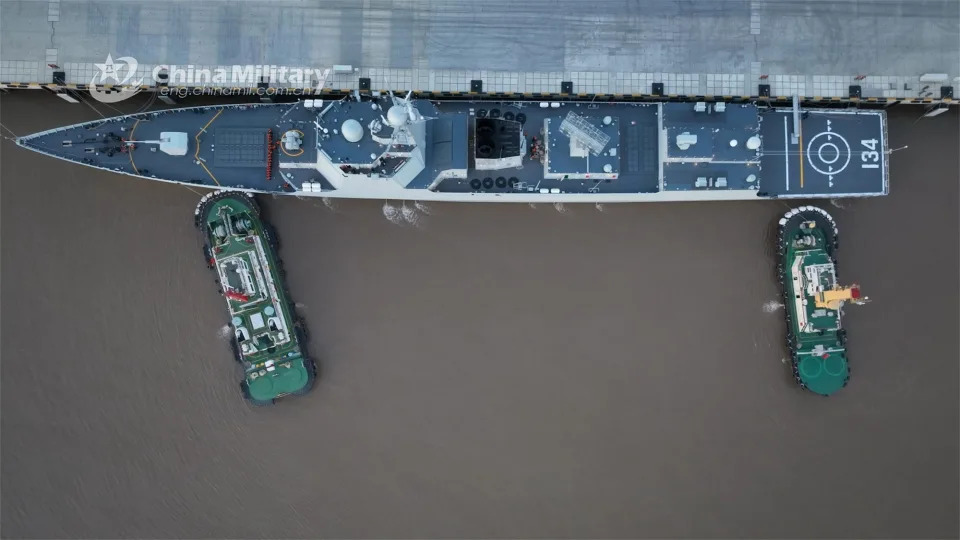
Containerized launchers are a versatile solution to a problem that has long plagued navies: supply.
A World War II-era battleship might carry a thousand shells for its nine big guns, but US Navy frigate in the middle of the Cold War might be armed with four missile launchers and less than 100 missiles that had to be loaded from magazines, which meant a slow rate of fire and a limited supply of ammunition. (Many Soviet warships didn't even bother to carry spare missile reloads.)
Modern vertical-launch systems — consisting of multiple launch tubes — can rapidly fire a variety of missiles, but they require cranes to lower more missiles into the tubes.
Containerized missile launchers are a more user-friendly approach. For example, Danish company SH Defense touts its launcher as a "plug-and-play" system that is installed in a standard 20-foot cargo container, the lid of which is raised to reveal a quadruple launcher.
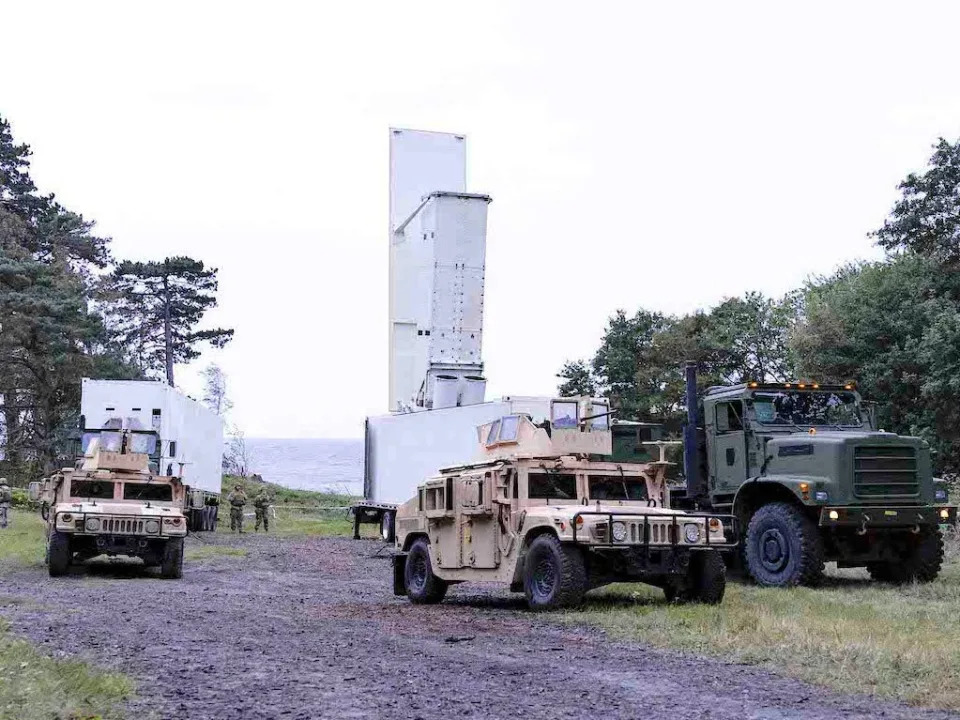
In theory, a ship could expend a container's missiles and then simply haul up and unpack another container that was stored on or below deck. This could vastly increase the number of missiles a ship can carry.
It also raises the possibility of a modern version of the Q-ships used during the World Wars. If missiles can be stored in standard cargo containers, then a standard cargo ship should be able to fire them. In that scenario, no one can be certain that a harmless-looking merchant ship isn't really a missile boat. Indeed, Russia has been advertising its Club-K containerized anti-ship missile system as a weapon that can be mounted on cargo vessels.
For the Royal Navy, which is short on warships and missile launchers, an updated Q-ship could be a cost-effective way to add firepower, according to Peter Clarke of the Royal United Services Institute, a British think tank.
"Fully outfitting a medium-sized cargo ship would cost between $420 to $840 million, and would allow it to carry roughly 168 missiles capable of being launched," Clarke wrote in September.
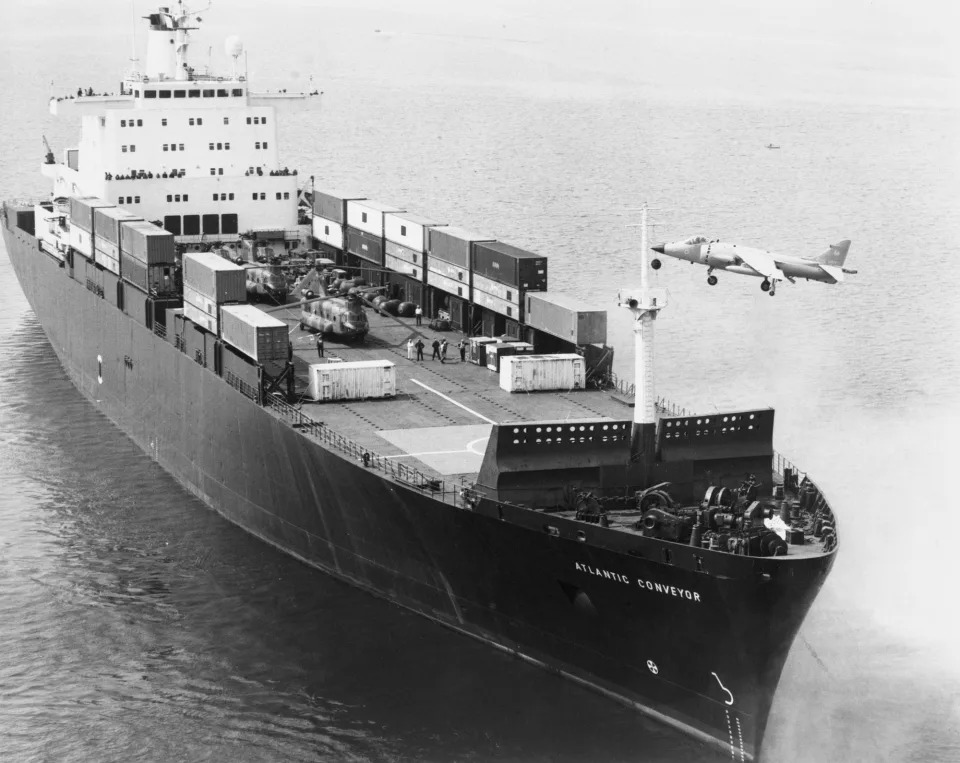
"A ship of this size would cost roughly $25 million and no modifications would be required, since the missiles can receive target information" from other assets, Clarke added. "The total cost of the platform would therefore be no more than $900 million, and most likely far less."
Nonetheless, containerized missiles aren't a panacea for a lack of traditional warships. Even with networked sensors that can send targeting information across the globe, a Q-ship may be limited in its ability to detect targets for long-range missiles. Cargo ships also have limited speed and maneuverability, and modern Q-ships would still need a minimum of defensive gear such as electronic countermeasures or air-defense weapons.
If a ship packs a lot of missiles but has little capacity to defend itself, the navies using them may be tempted to launch first, and if cargo ships can become floating missile batteries, then every merchant vessel becomes suspect — an ominous prospect at a time when trade disruptions can ripple around the world.
- Questions and Answers
- Opinion
- Motivational and Inspiring Story
- Technology
- True & Inspiring Quotes
- Live and Let live
- Focus
- Geopolitics
- Military-Arms/Equipment
- Art
- Causes
- Crafts
- Dance
- Drinks
- Film/Movie
- Fitness
- Food
- Games
- Gardening
- Health
- Home
- Literature
- Music
- Networking
- Other
- Party
- Religion
- Shopping
- Sports
- Theater
- Wellness
- News
- Culture


